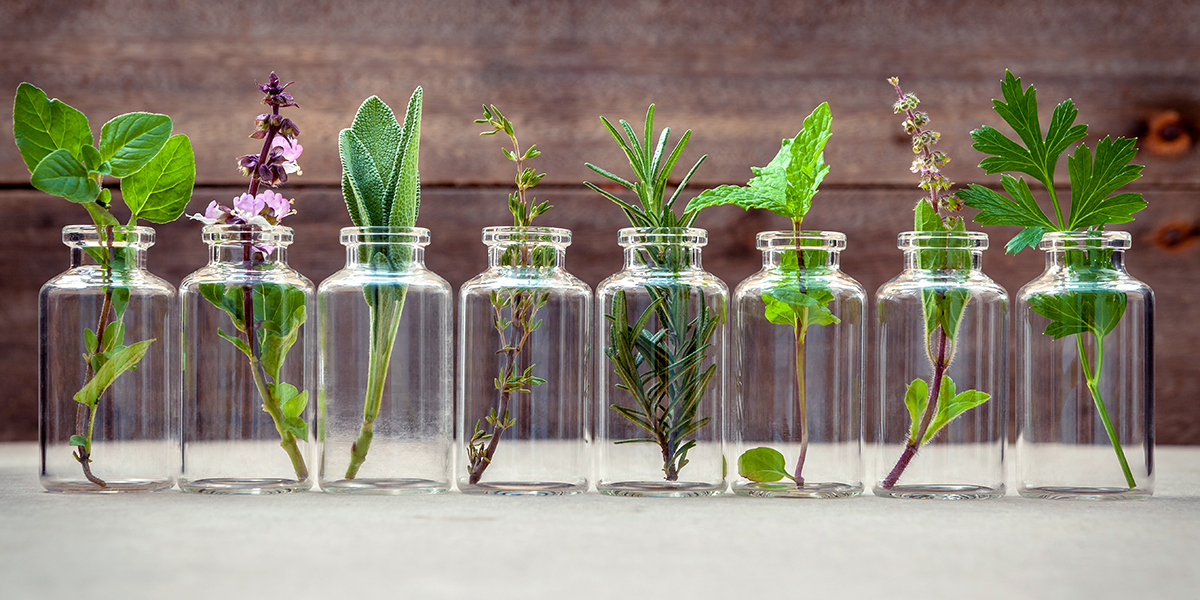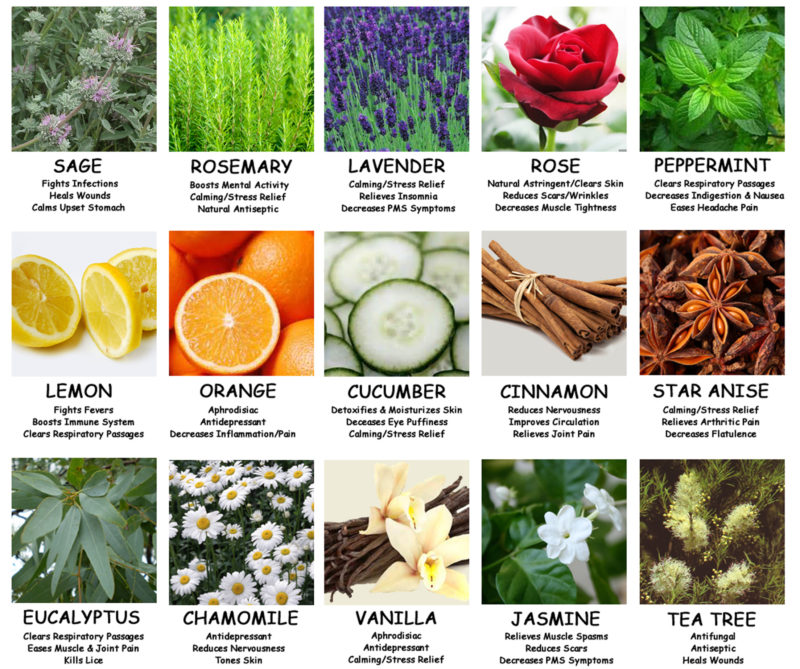Aromatic Plant Oils: Real Uses That Improve Everyday Life Fast

When you first hear about aromatic plant oils, or essential oils as they’re often called, it’s natural to feel a bit unsure—“What exactly are these oils? How do I use them safely without feeling overwhelmed?” That’s where I want to gently guide you. Think of this as a friendly conversation, breaking down each part so you can explore with confidence and curiosity. Aromatic plant oils aren’t mysterious potions—they’re nature’s concentrated gifts, waiting for you to discover how they fit into your everyday life.

Understanding Aromatic Plant Oils: What Are They Really?
Imagine walking through a lavender field on a warm summer evening—the scent fills the air, calm and soothing. Aromatic plant oils capture that scent and much more in just a few tiny drops. These oils are highly concentrated extracts taken from different parts of plants like flowers, leaves, or peels. Unlike synthetic fragrances made in labs, these come directly from nature's chemistry—a pure essence of the plant itself.
For example:
- Lavender oil carries a gentle floral aroma known for promoting relaxation.
- Peppermint oil holds refreshing menthol compounds that create a cooling sensation.
- Eucalyptus oil offers an invigorating sharpness that feels like fresh mountain air.
Each oil’s unique properties stem from its specific blend of chemical compounds. This is why peppermint feels brisk on your skin while lavender soothes—it’s science meeting simple pleasure.
How Do We Get These Oils From Plants?
You might picture someone squeezing flowers by hand to get these oils, but the process is more precise and fascinating. The most common method is called steam distillation:
- Plant material (fresh or dried) is carefully steamed.
- As steam rises, it carries tiny droplets of oil away from the plant.
- This vapor cools in a condenser back into liquid form.
- Because oil doesn’t mix with water, it separates naturally.
Some delicate flowers like roses don’t handle heat well; instead, solvent extraction carefully pulls out their precious aroma without steam. Citrus fruits often give up their zest through cold pressing—imagine peeling an orange and capturing those fleeting bursts of fragrance immediately!
Knowing how an oil is extracted helps understand its quality and intensity—just like brewing tea stronger or lighter depending on how long you steep leaves.

Practical Ways to Bring Aromatic Plant Oils Into Your Life
Now comes the fun part—how do you actually use these oils at home? Here are three approachable methods I’ve personally found helpful when starting out:
-
Diffusing: Add 3–5 drops of your chosen oil into an ultrasonic diffuser filled with water. Within minutes, your space fills with subtle aroma that can relax you after a busy day or energize morning routines without overpowering the senses.
-
Topical Use: Since essential oils are potent, mixing 1–2 drops into about one teaspoon of carrier oil (such as coconut or jojoba) creates a safe balm for your skin. This can be lovely for targeted massages or calming irritated areas—but always do a patch test first!
-
Natural Cleaning: Blend lemon essential oil with vinegar and water for an all-natural cleaner that smells fresh and aids in sanitizing surfaces around your home—a perfect way to replace harsh chemicals without sacrificing effectiveness.
Each approach serves different needs—from mood shifts via scent to practical health benefits on skin or surfaces—letting you choose what fits best into your daily rhythm.
What Can Aromatic Plant Oils Do For You?
Beyond their beautiful scents, these oils have been cherished for centuries because they offer real supportive effects:
- Lavender has calming properties that may ease mild anxiety or encourage restful sleep.
- Eucalyptus supports clearer breathing by helping open nasal passages.
- Tea tree oil carries antibacterial qualities useful for minor skin irritations or blemishes.
Scientific research continues uncovering how these natural extracts interact with our bodies; however, remember they work best as gentle helpers rather than miracle cures. Combining essential oils thoughtfully alongside healthy habits creates a wonderful synergy worth exploring patiently over time.
Safety: The Most Important Step
Starting something new always comes with questions about safety—and rightly so! Some straightforward guidelines help keep your experience positive:
- Always dilute essential oils before skin application—as little as 1% concentration (about 6 drops per ounce of carrier oil) can prevent irritation.
- Conduct spot tests by applying diluted oil onto small patches of skin before wider use.
- Avoid certain strong oils during pregnancy or if you have specific medical conditions unless directed by healthcare providers.
- Refrain from ingesting essential oils unless supervised by qualified professionals; ingestion can pose serious risks even if online advice sounds tempting.
Many beginners rush toward internal use based on myths online—I’ve seen this lead to confusion and setbacks early on! Sticking with aromatic (diffuser) and topical applications ensures safe enjoyment while building familiarity gradually.

Real-Life Moments With Essential Oils
Let me share some stories from people who began exactly where you are now:
-
A mother I know diffuses lavender every night after her kids go to bed; it transforms her hectic kitchen into a peaceful sanctuary she looks forward to returning to.
-
A colleague uses peppermint mixed in hand lotion at work; she describes feeling refreshed during afternoon slumps without needing caffeine boosts.
-
Another friend loves making homemade cleaning sprays using lemon oil—she says it brightens her mood even during mundane chores plus keeps her home smelling cheerful naturally.
These snapshots reveal how simple practices weave aromatic plant oils seamlessly into diverse lifestyles—all starting small but growing richer over time.
When Things Don’t Feel Right: Troubleshooting Tips
If at first your diffuser seems silent or overwhelming scents make headaches rather than happiness—that’s normal learning happening! Here are some adjustments that helped others regain balance:
- Clean diffuser parts regularly; residue buildup dims mist quality.
- Reduce number of drops used until finding just-right intensity.
- Stick closely to dilution recommendations when applying topically—overdoing causes redness easily.
Remember: mastery evolves slowly—in every “oops” moment there’s valuable feedback guiding better future experiences.
Taking Your First Steps Confidently
You’ve journeyed thoughtfully through what aromatic plant oils are all about—from their origins in plants to practical uses at home—and importantly learned how to stay safe along the way. The next step might feel exciting yet manageable if approached gently:
-
Choose one versatile beginner-friendly oil like lavender—its calm aroma suits many moods.
-
Invest modestly in an affordable ultrasonic diffuser (many models under $30 offer great results).
-
Try short diffusing sessions around 15–20 minutes initially; observe any emotional shifts throughout the day.
-
If curious about topical use later on, pick up fractionated coconut carrier oil—it stores well and blends smoothly with essentials without clogging pores.
-
Keep a small journal noting which scents uplift or soothe—you’ll build personal wisdom unique only to you!
Remember: each drop is not just fragrance but an invitation—to slow down, connect with nature’s rhythm inside your space, and nurture yourself kindly at your own pace.
Feel free to revisit this guidance anytime—you’re growing knowledge steadily now! And if questions arise down the road—I’m here cheering quietly beside you through every fragrant discovery ahead.



